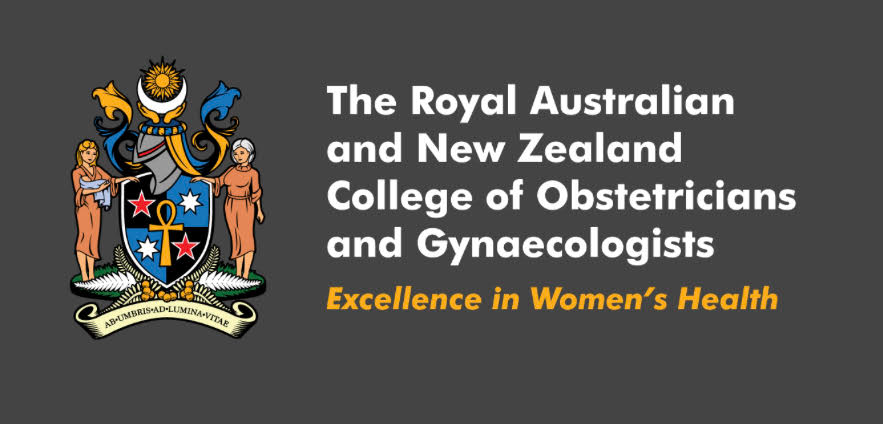

Slinda (Drospirenone) is a new progesterone only oral contraceptive pill which was released onto the Australian market last week.
What’s so special about Slinda?
Prior to last week there was only one other progesterone only pill available on the market called Microlut (Levonorgestrel) which has been available for many years.
Microlut has the problem of being quite a low dose progesterone only pill with issues of persistent break through bleeding and is slightly less efficacious than the combined oral contraceptive pill.
Slinda on the other hand acts by inhibiting ovulation as well as thinning the lining of the womb and making the cervical mucous more viscous, and as such has a similar efficacy to the combined oral contraceptive pills.
Each Slinda packet has 24 white active tablets and 4 inactive green tablets and the first is commenced on day 1 of a woman’s menstrual cycle.
The side effects of Slinda?
Includes acne, headaches, breast tenderness as well as mood disturbances. Some women will experience irregular break through bleeding in the first few menstrual cycles but after 9 months of usage only about 20% of women will actually get a withdrawal bleed.
Who should consider Slinda?
Any woman considering oral contraception would be a good candidate for Slinda. There are some women who are unable to take a combined oral contraceptive pill for example women with inherit blood clotting disorder or migraine sufferers. Another major benefit of taking Slinda is, it is safe to use whilst breastfeeding.
Who shouldn’t take Slinda?
Women who suffer from irregular vaginal bleeding which has not been diagnosed, or have an active clotting disorder or a hormone dependent tumour. If you are pregnant or suspect you are pregnant do not take any oral contraceptive pill.
What happens if I miss a tablet?
One of the potential benefits of Slinda is there is a little bit more room for error than the other progesterone only pill (Microlut). The greater the number of active tablets that are missed or the closer you are to the end of the pack, the higher the risk is for pregnancy and as such alternative methods of contraception should be used until 7 full days of the white (active) tablets have been completed.
My recommendation for women is if they are happy on their current form of oral contraception they should remain on it. Slinder is another option for women who are seeking an alternative to what has been on the market for many years, especially breastfeeding mums. As every woman’s need is different, it is wise to discuss alternative methods of contraception with your doctor.




